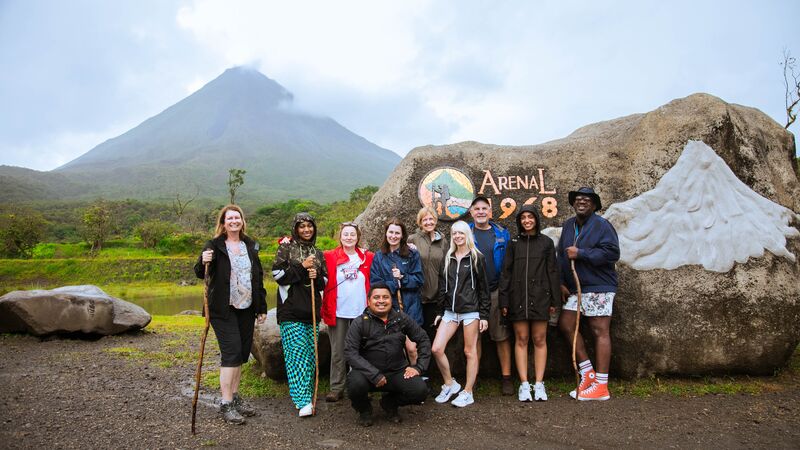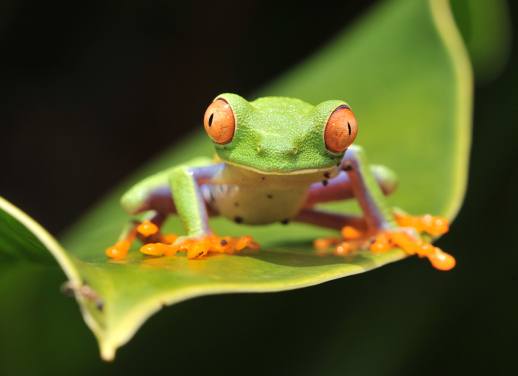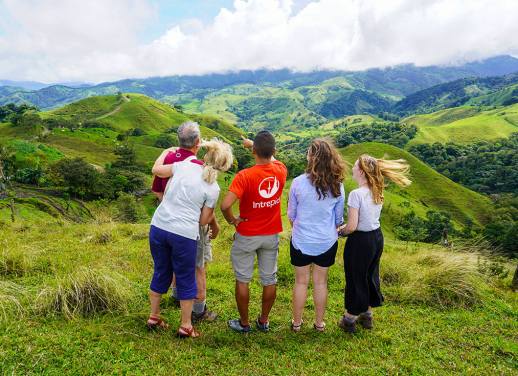Costa Rica is a hot spot for travellers in search of exotic beaches, amazing wildlife and adrenaline-inducing activities.
And rightly so. With palm-fringed beaches, dense jungles, belching volcanoes, mysterious cloud forests and friendly locals, this Central American country has something for everyone. (Unless you’re a desert fan – you won’t find desolate swathes of scorching sand here.)
Despite being so close to the equator and having a year-round tropical climate, varying microclimates mean that the weather conditions can change quite dramatically, depending on when and where you travel. There’s no such thing as summer and winter here, either. Costa Rica has two predominant seasons: wet and dry.
Top Costa Rica trips
The dry season
December to April in Costa Rica is the dry season and offers hours of sunshine, warm temperatures and very little rainfall. This is also peak season, so you can expect to see a lot more people ambling around town, soaking up the sun on the beaches and wandering through national parks. It’s also prime weather for hiking and snorkelling, as trails are generally dry and the water is clear.
During the dry season, the weather can be extremely hot, and with no rainfall, some waterfalls and kayaking rapids can be reduced to a trickle.
Related: 10 reasons Costa Rica should be on your bucket list
The wet/green season
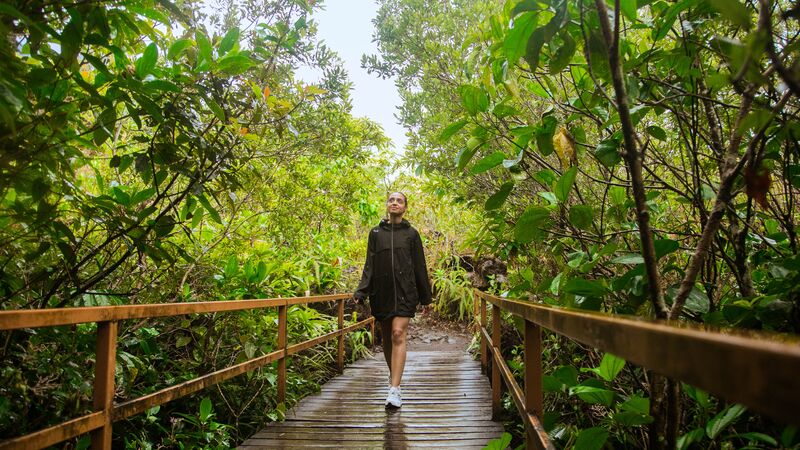
Costa Rica heads into the wet/green season between May and July and then again in November. The country generally sees sunny mornings with bursts of rain in the afternoon, usually lasting for a few hours. If you can deal with the showers and increased humidity, this can be a great time to travel in Costa Rica, as the majority of tourists have moved on, towns are far less crowded and you’ll still be able to participate in your fair share of activities.
If you visit in the wet season, the rainforests are more lush and green than ever, with explosions of colour from flowers and new growth, and you’ll get to see the country’s stunning waterfalls in all their gushing glory.
Related: 7 unmissable experiences to have in Costa Rica
The best time to see wildlife
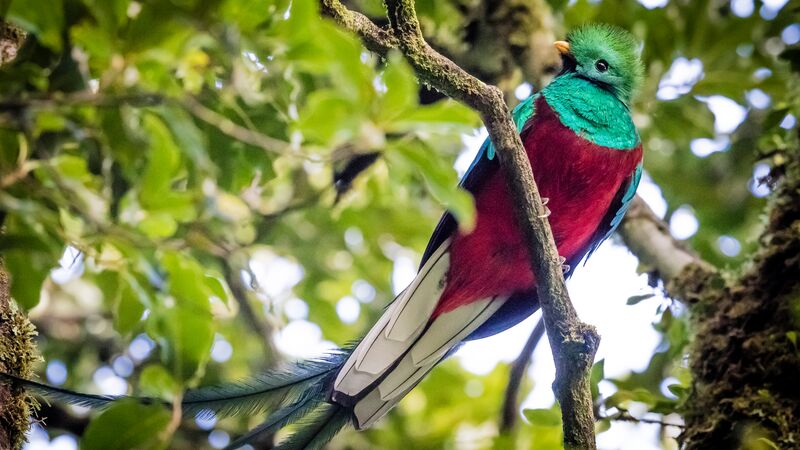
Costa Rica is at its wettest between August and October, however, it’s an awesome time for spotting wildlife – keep your eyes peeled for humpback whales on the Caribbean Coast and hatching turtles in Tortuguero National Park on the Pacific Coast. It’s also a great time of year for bird-watching. Twitchers should keep their eyes peeled for quetzals, macaws and hummingbirds, as well as the over 200 species of migratory birds that will be taking flight toward South America for winter during this time.
Monkeys and sloths can be spotted year-round, but they come out to play more often when the weather is dry. If you’re visiting during the wet season, head out in the mornings before the afternoon showers for your best chance at spotting them.
Related: How to spot sloths in the Monteverde Cloud Forest
The best time for beaches
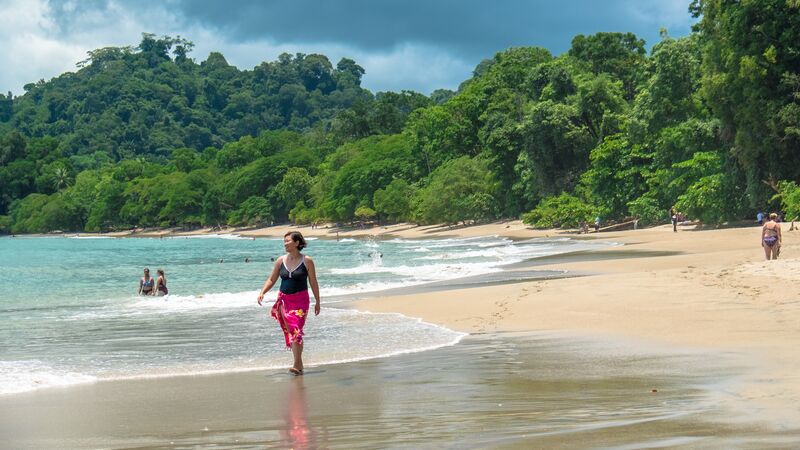
If the main goal of your holiday is to soak up the sun on some of Costa Rica’s iconic beaches, December through April are the best months to do so. During the dry season the weather is great, the skies are blue and the sun is the main character, making a dip in the sea ultra refreshing.
Keep in mind that this is also the high season and the most popular time to visit in-demand destinations like Manuel Antonio, Jaco and Tamarindo. December sees higher crowds with travellers arriving in Costa Rica for the winter holidays, and again in March when travellers arrive for spring break.
The best time for adventure activities
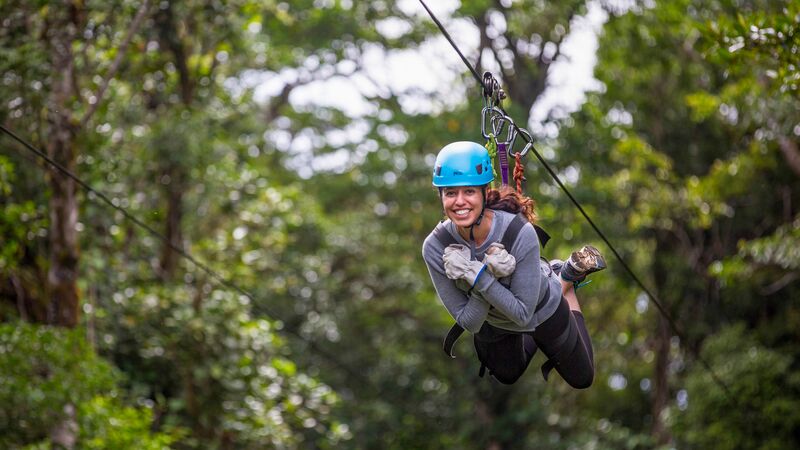
Costa Rica is a hotspot for adventure lovers and boasts tons of thrilling activities for the whole family. The best time to visit for ziplining, hiking and rafting is during the dry season, from December to April.
Hiking in Costa Rica’s lush jungles is an incredible experience, but outside of the dry season can be particularly muddy, humid and wet, making even short hikes a little more challenging. Rafting during the dry season is great for first-timers who want to dip their toe into the rapids. During the rainy season, the water levels rise and the rapids go from mild and chill to white-knuckle extreme.
Get your adrenaline pumping on Intrepid’s 8 day Costa Rica: Hike, Bike & Kayak trip
A few rule-breakers
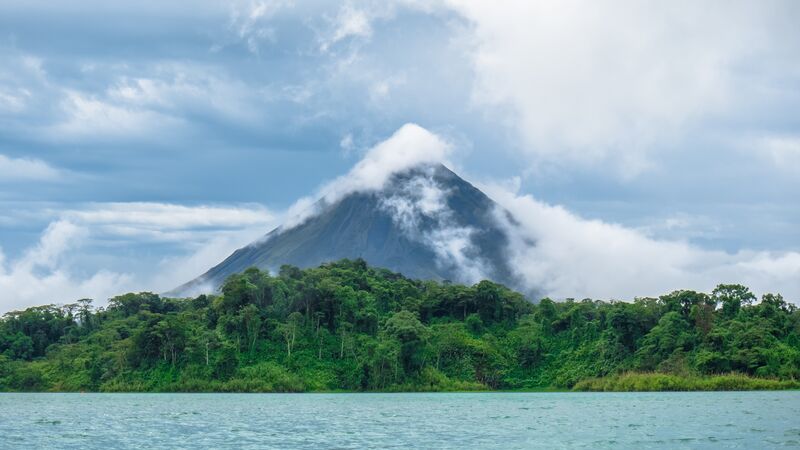
There are a few spots in Costa Rica that don’t play by the conventional weather rules. Visitors to La Fortuna and Arenal Volcano can expect all types of weather, whatever the time of year. It’s slightly drier between February and April, but you should still pack wet weather gear because you never know when the skies will open. Temperatures range from the low 20s°C to mid 30s°C.
Monteverde’s famous cloud forest is another anomaly. The mountaintop park is almost always shrouded in mist but can be pretty wet and windy during the dry season. During the wet season, hiking trails can get very muddy, which may make your afternoon forest walk a little less enjoyable, so it’s a good idea to wear a waterproof jacket and boots.
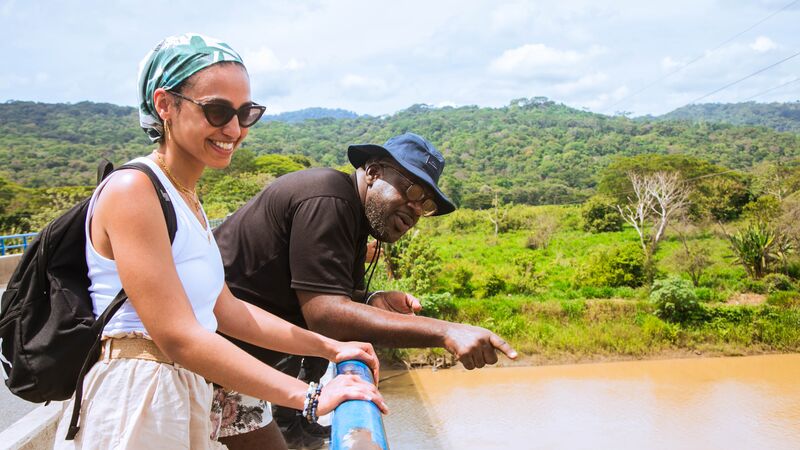
There’s never really a bad time to visit Costa Rica – while more sun equates to more tourists, there are still plenty of out-of-the-way spots to visit, where you’ll feel like you’re the only person on Earth. Travelling during the green season is often cheaper and quieter, and an afternoon rain shower is the perfect time of day for a beer (or a nap).
Find Pura Vida on a small group adventure with Intrepid. Check out our range of Costa Rica trips here.

